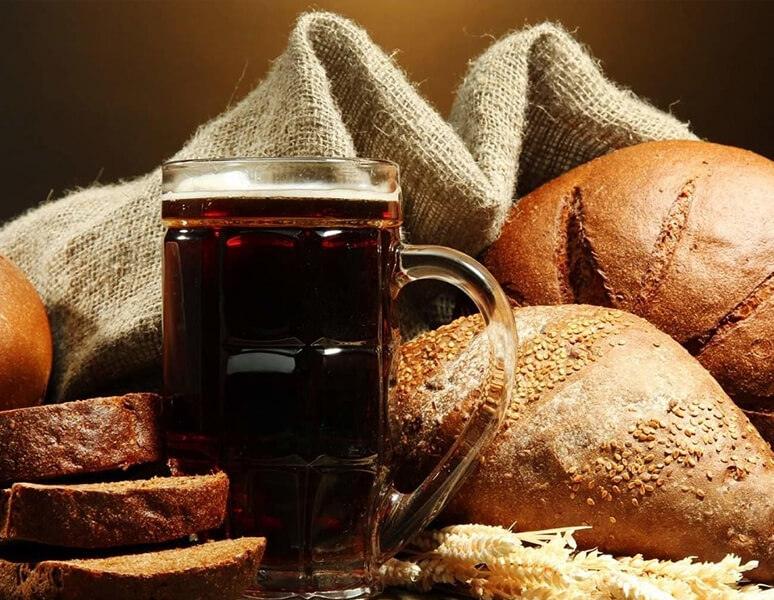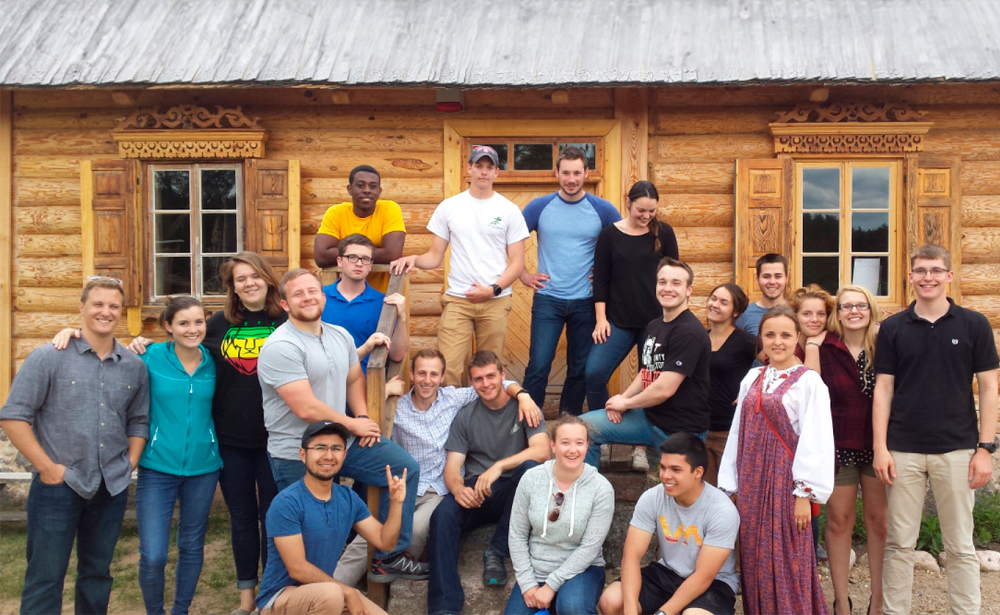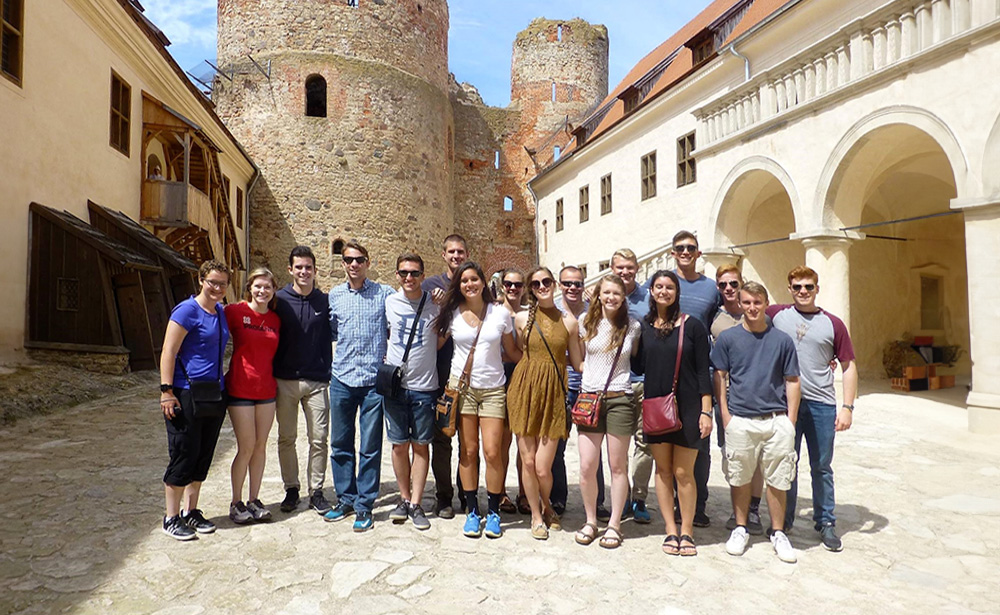Kvass – Traditional Russian Drink
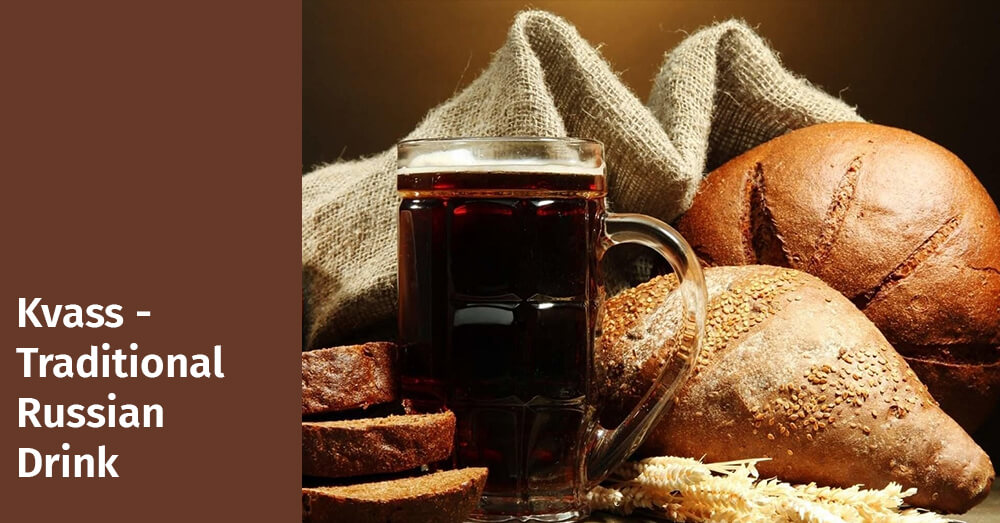
Kvass is a traditional Russian drink which appeared in Russia long time ago. It was drunk daily by all people in Russia regardless of their wealth or social status. The drink was very nutritious and had a sour-sweet taste. Today, kvass is a soft drink, but in ancient times it used to be as strong as wine. Kvass also used to me the main drink during festivities or at funerals. People in Old Russia believed that kvass has certain healing properties. So, they gave it to people who were seriously ill.
Origins of Kvass
Kvass was first mentioned in the year of 989, when the Kiev Prince Vladimir ordered to treat people with honey and kvass. The farmer Solodkin is believed to have been the person who invented the method for making the original Russian kvass. The grain he was keeping in his barn accidentally got wet. In order to dry the grain, Solodkin took it out and put it under the sun. Thanks to the heat and moisture, the grain sprouted. Therefor he had nothing to do but to grind it into flour. Then Solodkin kneaded the dough from the flour, but it did not grow in volume. On the contrary, the dough decreased by half, since malt is not yeast. His attempts to bake bread failed, as the bread was sour and half-baked.
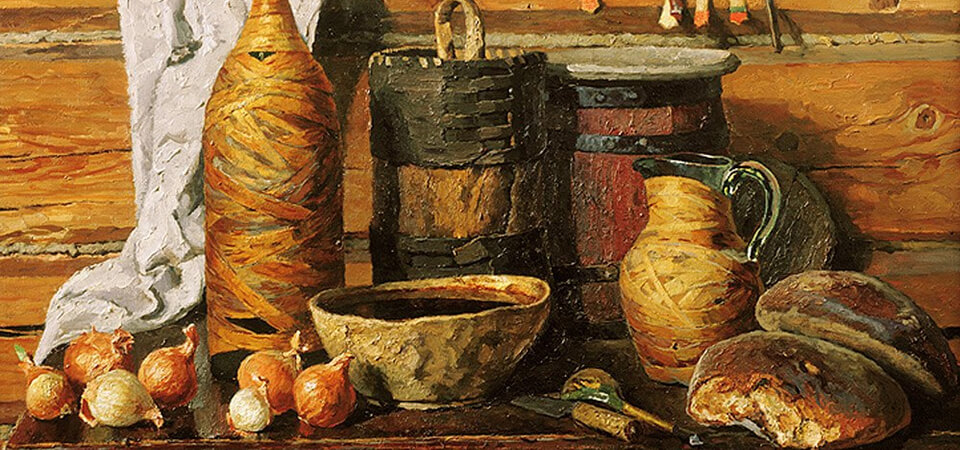
To make the situation better, Solodkin put the dough in water, hoping that water would take away the sour taste from the dough. However, after a couple of days the dough fell to the bottom, and the fermented water had a nice taste: sour and hopped. That was the first kvass.
Origins of the name “kvass”
“Kvass” is an original Russian word which means “sour drink” and characterizes the taste of the drink.
How kvass was made in Russia
There used to be thousands of recipes for making kvass in Russia. The drink was made using such grain as rye, oats, millet, barley. Firstly, the grain was soaked, then sprouted, dried, ground, then the kvass was made. In old times, it took a long time to make kvass. It sometimes took up to 70 days. People used to always have kvass at home. They poured it into barrels and kept it in the cellar.
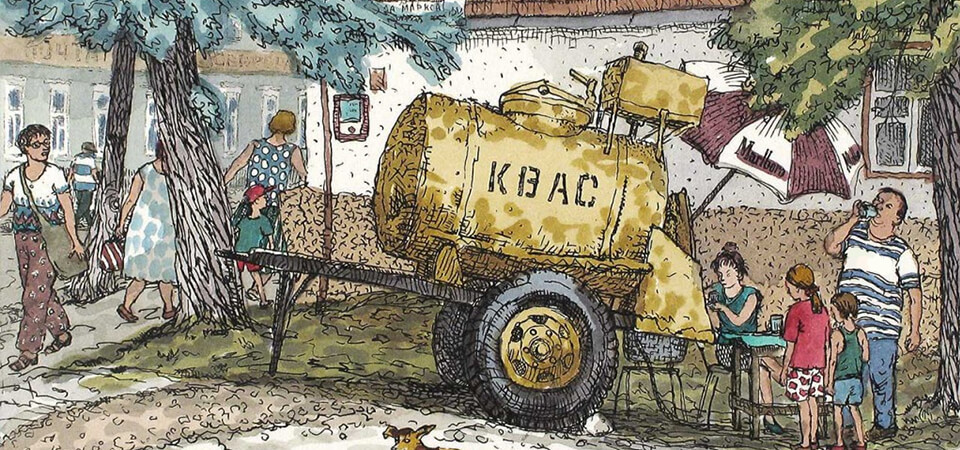
Where kvass was made
Kvass was made everywhere: in cities and villages, at hospitals and barracks. It was also brewed commercially at kvass breweries. The profession of kvass brewer was very prestigious. They experimented with the drink, adding various fruits and berries such as apples, pears, cranberries, etc. to it.
Various herbs such as wormwood, tutsan, hop, etc. were also added to kvass. Then currant, raspberry, strawberry, and mint leaves were added. Rye kvass with herbs was considered a drink for the poor. Honey kvass was the best and most expensive types of kvass.
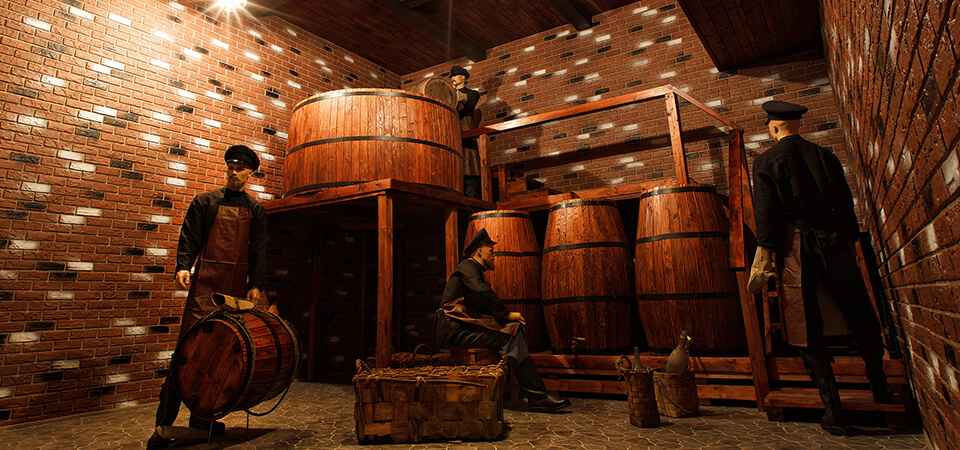
What kvass was drunk with
In the past, kvass was drunk with radish, rye bread, and green onions. This meal was believed to have satisfied hunger and thirst well. This type of meal was traditional during the lent. In the lent period people drank kvass three times a day.
That’s all about kvass and its origin. We hope you liked the article about the traditional Russian drink.

You may be interested
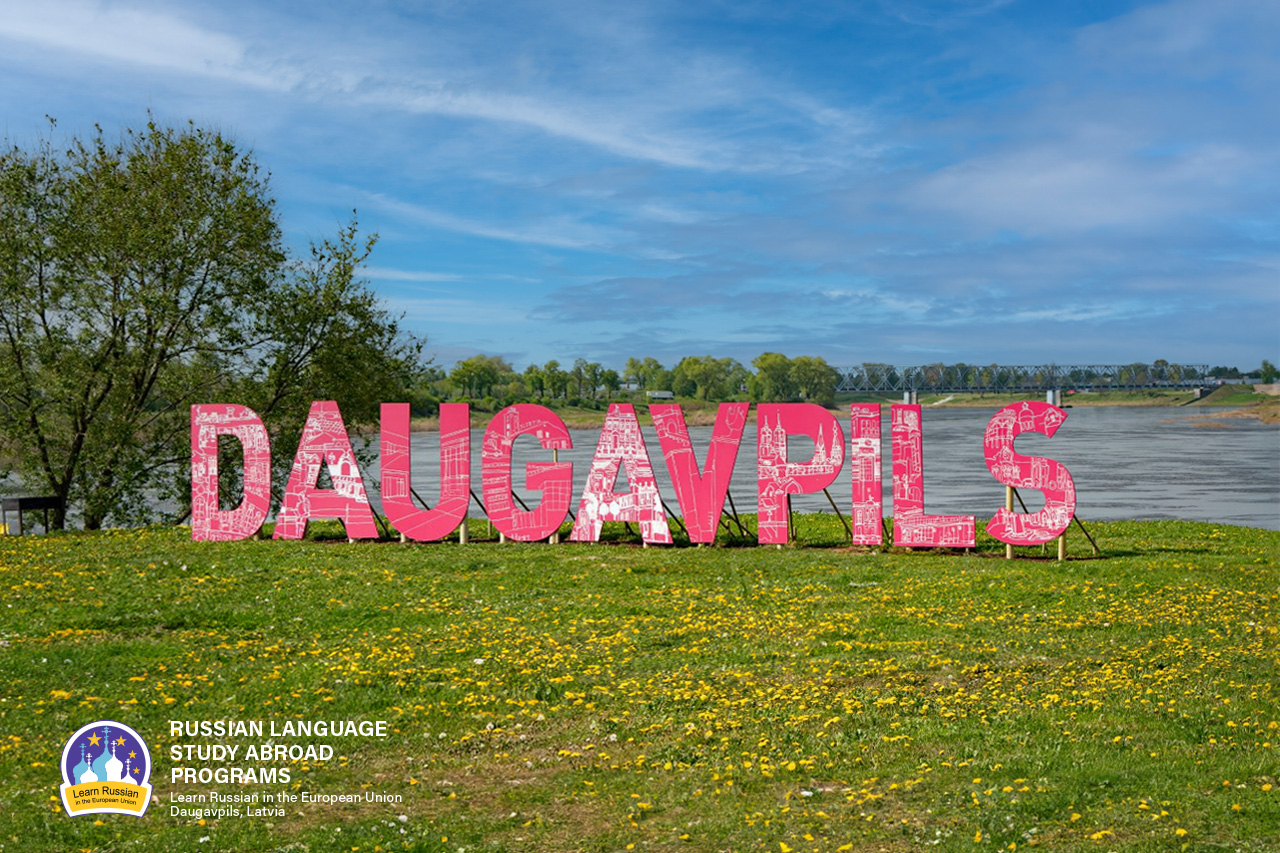
Why do people speak Russian in Daugavpils?
As it seems to us, Daugavpils is the best place to learn Russian now, because our city is situated in the EU and NATO, but at the same time 90% of the city’s population speak Russian at home.

ЭТЮД О ДВИНСКЕ
Etude on Dvinsk by F.Fedorov
The Baltic region is one of the most catastrophe prone regions of the 2nd millennium, especially its second part; it is the centre of attraction of ‘geopolitical’ interests of the European world. Probably the most tragic fate has befallen to the eastern part of the present Latvia and its multi-titled town of Dinaburg – Dvinsk – Daugavpils. During its 730 years long history, the town went through five rather autonomous periods of development, five different lives (German, Polish, Russian, Latvian, Soviet), and at the beginning of the 1990s it entered into the 6th period.
The history of Dinaburg – Dvinsk – Daugavpils is the history of five attempts by the town to begin its life anew; and this is determined not only by the fact that the town was four times burned down and had to start life from scratch, but first and foremost because each of these periods was characterized by a total change of ethnos and the socio-cultural field.
The present article deals with the cultural space of the town in one of the most efficient periods of its development – from the 1860s till World War I.


